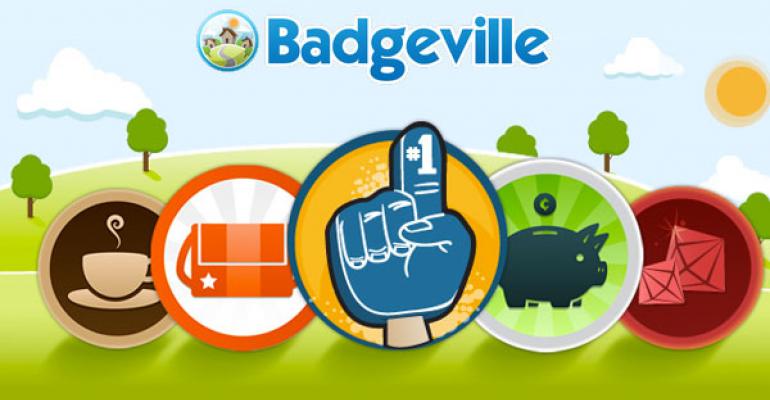The NCAA basketball tournament—also known as March Madness—compels even non–sports fans who don’t know a thing about basketball to fill out brackets based on their gut feelings, a team’s jersey colors, or because it’s just fun to be a part of the excitement. March Madness pools have become an integral part of office culture for everyone, and the hype around the games can be a great way to build energy and motivate employees during the lull that often settles in at the end of winter.
This year’s tournament wrapped up April 7, and with it went that competitive excitement. Tournament-level hype is difficult to sustain, but what if there were regular events like March Madness all year round, keeping the office energy up? Here are five ways that gamification can engage employees:
1. Expand your existing incentives
In the context of the workplace, gamification describes a suite of motivational techniques that most businesses are already using to some degree. Sales competitions or idea-generation challenges are both examples of gamification. In fact, any use of performance data to recognize employee behavior, from learning programs to community participation, can fall under the gamification category. What’s new is taking these established techniques and adding modern technology. Modern Learning Management System software, Customer Relationship Management platforms, and community software are able to capturing copious amounts of employee and customer data that can be leveraged to change behavior.
Increasing motivation and productivity through gamification can come through competition, collaboration, accomplishments, or simply by participation. Any behavior you can track provides a way to drive increased engagement and sustain energy.
2. Recognize employees’ achievements
For many employees, status, access, and power are significant, low-cost motivators. Recognizing employee achievement March Madness–style on a physical bracket or leaderboard can be a great way to let them shine. Create monthly competitions with actions that are measurable—meeting sales or customer service goals, collaborating with other colleagues, complying with company policies. Alternate between team competitions and individual challenges. People crave novelty, so don’t bore them. Keep the energy humming with new activities.
3. Understand the bandwagon effect
When you get a critical mass participating, it can draw in those who might typically stay on the sidelines. The bandwagon effect is a psychological phenomenon that occurs when people do something just because others are doing it. When everyone gets on the bandwagon, overall collaboration and productivity may improve as well.
4. Target your audience
Employee engagement is absolutely critical to company success, and people respond to rewards and incentives very differently. Businesses waste serious time, resources, and energy when their employees are unproductive and underperforming—and when they try to motivate their people using the wrong tactics.
Understanding personality types and various stages of personal and professional development is key to effectively engaging employees. Some people want to feel appreciated. Others want to be respected. By taking the time to consider the preferences of individual team members and determine specific ways to incentivize, businesses create positive work environment where people feel that their needs are being met.
5. Create standards for employees to quantify and gauge their performance
Establishing standards for assessment creates consistency craved by all employees. Gamification has an amazing side effect of pushing management to adhere to their own edicts and values. By introducing a formal set of “rules,” gamification creates a great equalizer in the office, making the measurements for success universal and explicit. Rather than being judged on intangible things like “effort” or “leadership,” employees can gauge their performance based on clearly defined goals and metrics.
Badgeville, based in Redwood City, Calif., is a gamification and behavior management platform that helps companies increase customer loyalty, user engagement, and employee performance. Its customers include Deloitte, EMC, Oracle, Citrix, Autodesk, Bell Media, NBC, Universal Music, and VMware. Learn more at the Badgeville Web site.




